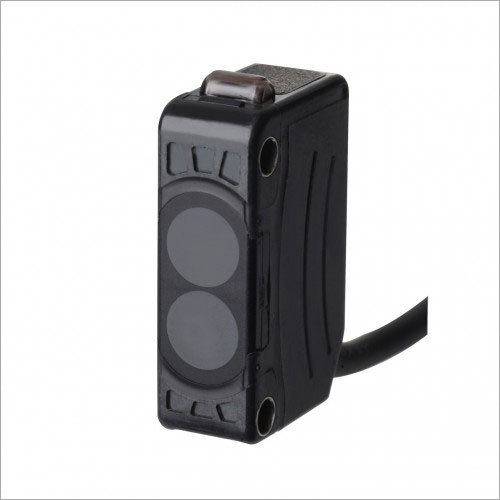Product Description
Autonics Photoelectric Sensors are advanced electronic devices used for detecting the presence or absence of objects based on changes in light intensity. These sensors utilize infrared or visible light beams and are widely used in industrial automation applications for object detection, counting, and positioning. Autonics Photoelectric Sensors are known for their reliability, accuracy, and durability, making them a trusted choice in various manufacturing and assembly processes.
Frequently Asked Questions (FAQ) :
Q: What is a photoelectric sensor?
A: A photoelectric sensor is an electronic device that uses light beams to detect the presence or absence of objects. It typically consists of an emitter that emits a light beam and a receiver that detects the reflected or interrupted light.
Q: What are Autonics Photoelectric Sensors used for?
A: Autonics Photoelectric Sensors are used for object detection and positioning in industrial automation processes. They are commonly employed in assembly lines, packaging, material handling, and other applications where precise object detection is required.
Q: How do Autonics Photoelectric Sensors work?
A: Autonics Photoelectric Sensors emit a light beam, and the receiver detects changes in light intensity. When an object interrupts the light beam or reflects it back to the receiver, the sensor detects this change and triggers a signal or output.
Q: What types of Autonics Photoelectric Sensors are available?
A: Autonics offers a wide range of photoelectric sensors, including through-beam sensors, retro-reflective sensors, and diffuse reflective sensors. Each type has specific advantages and is suitable for different object detection scenarios.
Q: What is a through-beam sensor?
A: A through-beam sensor consists of a separate emitter and receiver that are placed opposite each other. It detects objects when they interrupt the light beam between the emitter and receiver.

